Mastering professional darts rules is essential for anyone serious about the sport, from aspiring pros to dedicated fans wanting a deeper understanding of the game. This guide provides a comprehensive overview of the official regulations governing professional darts, including equipment specifications, scoring systems, match formats, and player conduct. You’ll learn everything you need to know to appreciate and participate in the exciting world of competitive darts.
⚠️ Still Using Pen & Paper (or a Chalkboard)?! ⚠️
Step into the future! The Dart Counter App handles all the scoring, suggests checkouts, and tracks your stats automatically. It's easier than you think!
Try the Smart Dart Counter App FREE!Ready for an upgrade? Click above!
Understanding the Equipment: What Makes a Professional Dart?
The professional darts rules set strict guidelines regarding the equipment used in competitions. These rules aim to ensure fairness and consistency across all matches. Key aspects of dart equipment include:
- Dart Weight: The maximum weight of a dart is 50 grams. This is a crucial rule that’s strictly enforced.
- Dart Length: The overall length of a dart cannot exceed 30.5 cm (12 inches).
- Dart Construction: Darts typically consist of four parts: the point, the barrel, the shaft (or stem), and the flight. While materials can vary, there are no restrictions on the specific materials used, as long as the weight and length restrictions are adhered to. Many professionals favor tungsten barrels due to their high density.
- Dart Points: Dart points can be either fixed or replaceable.
Choosing the right dart is a personal preference, but professionals often spend considerable time experimenting to find the perfect balance, grip, and flight characteristics. Understanding these equipment constraints provides insight into the skill and precision required to excel in professional darts. For beginners looking to improve their throwing technique, focusing on consistent grip and release is often more beneficial than obsessing over equipment at first.
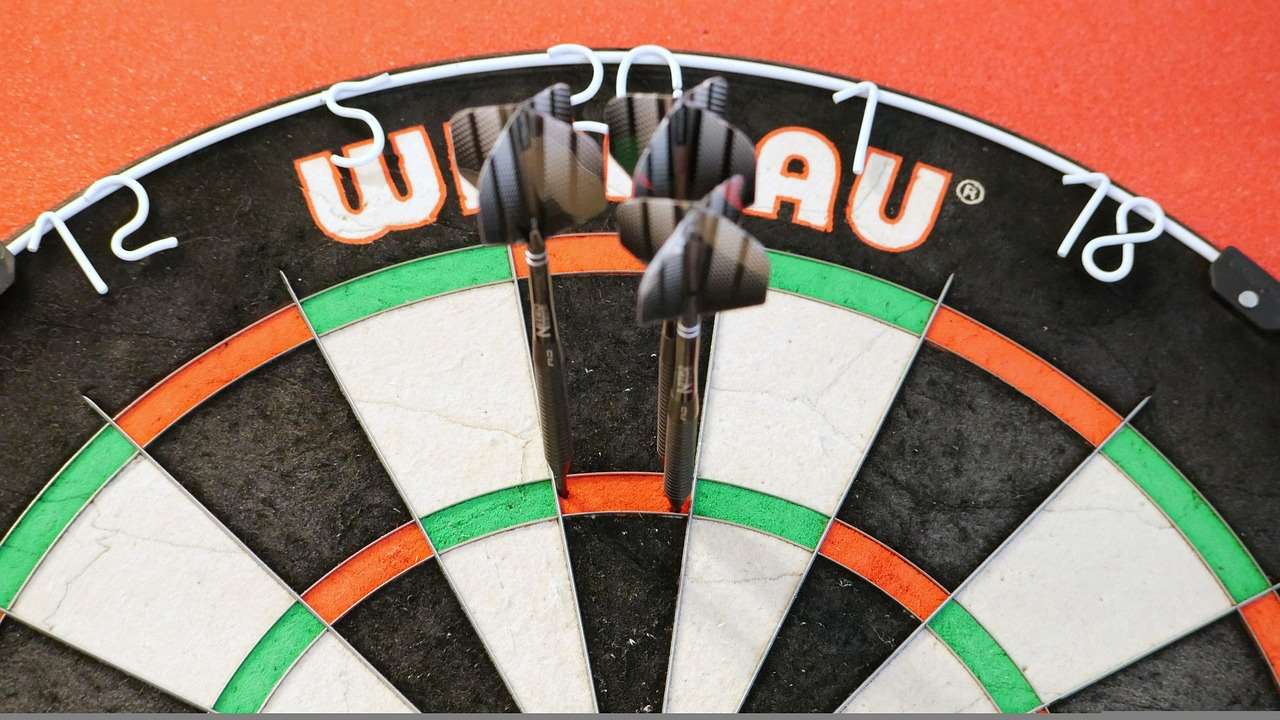
The Dartboard: Dimensions and Setup
The dartboard itself is just as crucial as the darts. The official professional darts rules dictate precise measurements for its construction and placement. Any deviation from these standards would render a match invalid. Key specifications include:
- Board Type: The board must be made of sisal fibers tightly compressed together. This allows darts to penetrate easily and prevents excessive bounce-outs.
- Diameter: The overall diameter of the dartboard is 451 mm (17 3/4 inches).
- Wiring: The wiring (or spider) that divides the scoring segments must be thin and round to minimize deflections.
- Bullseye: The outer bull (single bull) measures 31.8 mm (1 1/4 inches), and the inner bull (double bull or bullseye) measures 12.7 mm (1/2 inch).
Beyond the board itself, the placement is also strictly regulated:
- Height: The center of the bullseye must be 1.73 meters (5 feet 8 inches) from the floor.
- Oche Distance: The distance from the front of the dartboard (the vertical plane touching the board) to the throwing line (oche) is 2.37 meters (7 feet 9 1/4 inches). Some organizations may measure to the back of the oche, so confirm the specific rules beforehand. You can also find helpful resources online, such as tutorials explaining dartboard distance and height.
Correct setup is fundamental for fair play. Always double-check these measurements before any serious practice or competition.
Scoring: The Heart of Professional Darts Rules
The scoring system in professional darts is relatively straightforward, but understanding the nuances is key to appreciating the strategic element of the game. The most common game is 501, where each player starts with 501 points and must reduce their score to exactly zero. Here’s a breakdown of the scoring zones:
- Single Numbers: Each section of the board is worth the corresponding number (1 to 20).
- Double Ring: The outer ring doubles the value of the corresponding section.
- Triple Ring: The inner ring triples the value of the corresponding section. This is where high scores like 60 (triple 20) originate.
- Bullseye: The inner bullseye (double bull) is worth 50 points, and the outer bull (single bull) is worth 25 points.
Finishing a Leg: A leg (a single game of 501) must be finished by hitting a double or the bullseye. If a player reduces their score to one, or goes below zero, or finishes on a single number or a triple, the last dart(s) thrown are void, and their score reverts to what it was at the start of that throw. This is known as “busting”. Mastering the art of finishing, also known as checkout, is crucial for winning at the professional level. Many players will strategically set up their scores to leave themselves a favorable double to aim for.
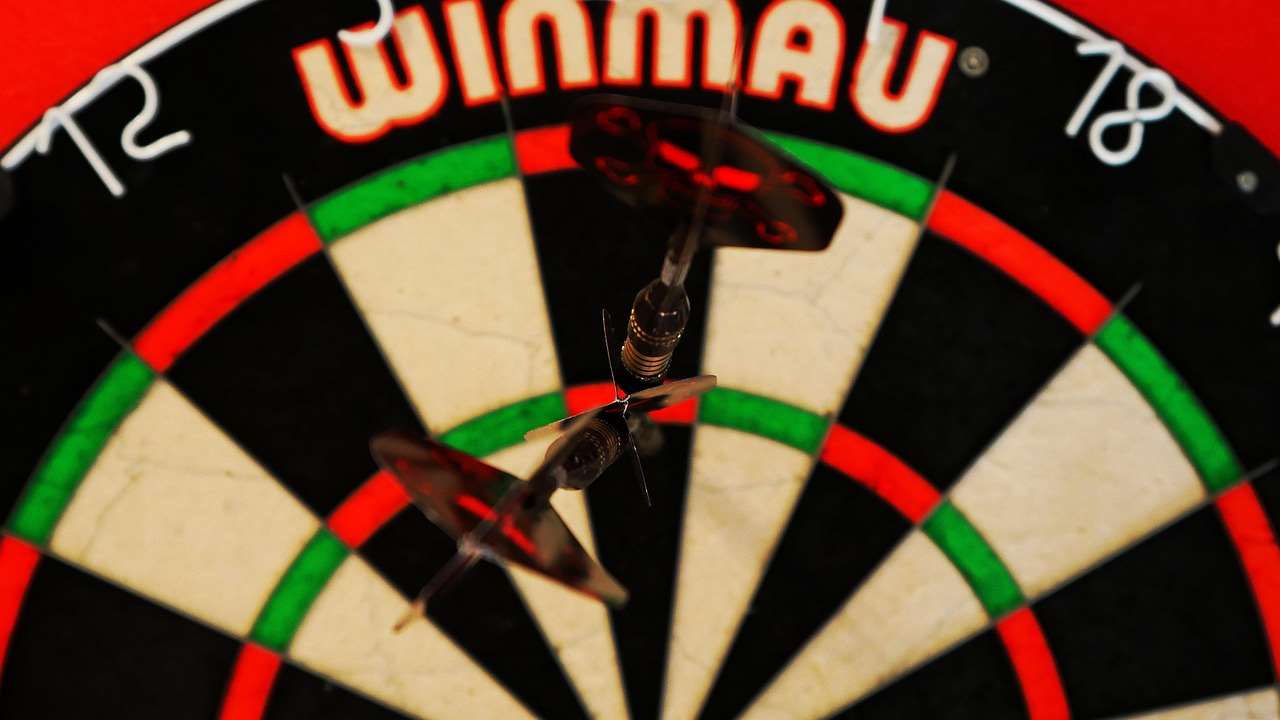
Match Formats and Tournament Structures
Professional darts tournaments employ various match formats, often depending on the stage of the competition. Common formats include:
- Legs: As described above, a leg is a single game of 501.
- Sets: A set consists of a predetermined number of legs. For example, a player might need to win three legs to win a set.
- Matches: A match consists of a predetermined number of sets or legs. The first player to reach the required number wins the match.
Tournament structures can be complex, often involving group stages followed by knockout rounds. The exact format will be specified in the tournament rules. Understanding these formats is crucial for following the flow of a tournament and appreciating the strategic decisions made by players. Some tournaments might also have unique rules or formats to add excitement. Check out cazoo darts masters for examples of professional tournaments.
Player Conduct and Etiquette
While darts is a competitive sport, maintaining proper conduct and etiquette is paramount. The professional darts rules emphasize fair play and respect for opponents and officials. Key aspects of player conduct include:
- Sportsmanship: Players are expected to be gracious in both victory and defeat.
- Respect for Opponents: Players should not engage in distracting or unsportsmanlike behavior.
- Following Rules: Players must adhere to all official rules and regulations.
- Pace of Play: Maintaining a reasonable pace of play is expected.
- Dress Code: Professional darts organizations typically have a dress code, which may include requirements for shirts, trousers, and shoes.
Violation of these conduct guidelines can result in warnings, penalties, or even disqualification. Upholding these standards ensures a positive and professional environment for all participants. Observing these practices is also a sign of respect to the sport and fellow players.
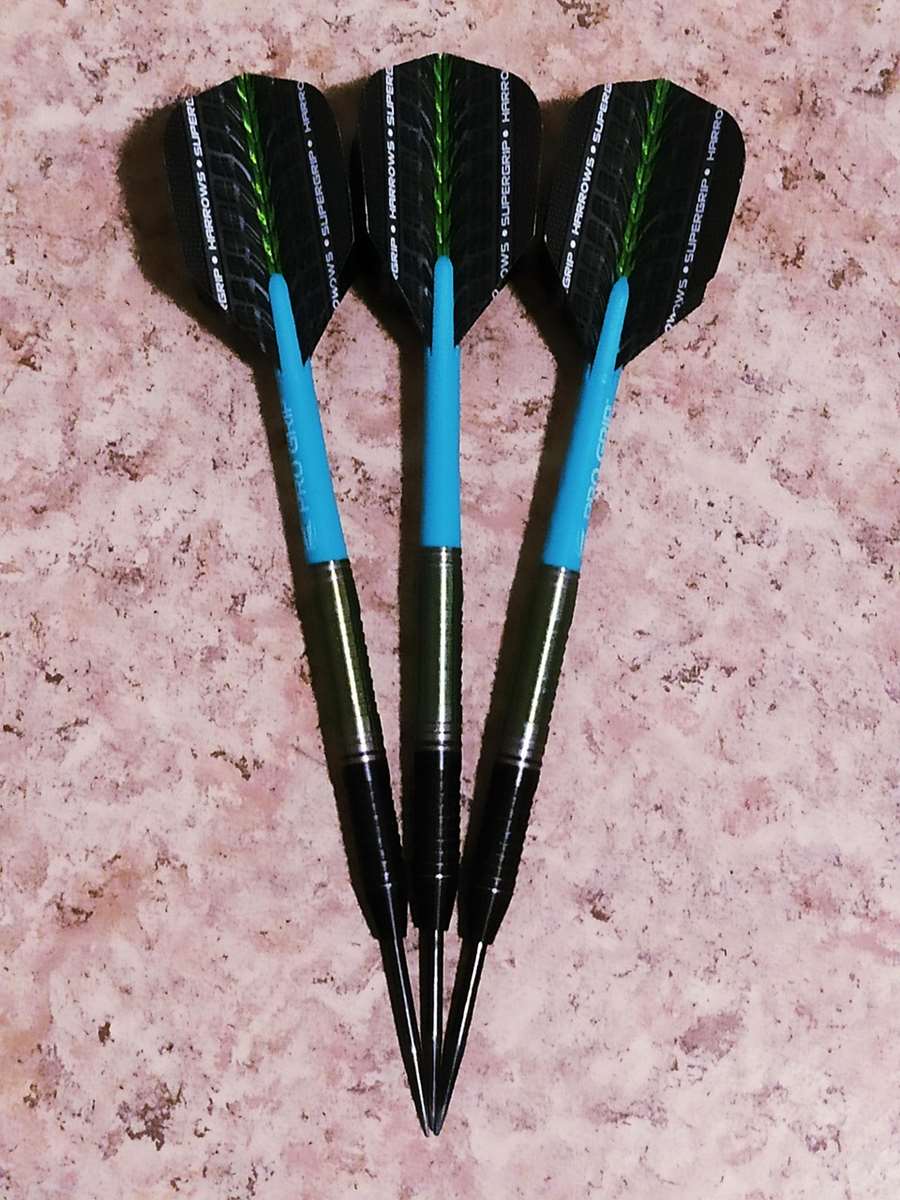
Specific Rules and Regulations
Beyond the general guidelines, there are numerous specific rules that govern professional darts. These rules cover various aspects of the game, from dealing with obstructed throws to handling equipment malfunctions.
- Obstructed Throws: If a player’s throw is obstructed, they may be allowed to re-throw the dart.
- Equipment Malfunctions: If a dart breaks during a throw, the player may be allowed to replace it.
- Disputes: Disputes are typically resolved by a designated official or referee.
- Calling the Score: In some formats, players are responsible for calling out their score after each throw.
- Stance at the Oche: Players must stand behind the oche when throwing, but they are permitted to lean over it. A player cannot step over the oche.
These specific rules are often outlined in the official rulebooks of the governing organizations. It’s crucial for professional players to be familiar with these rules to avoid penalties and ensure fair play. Even experienced players can benefit from reviewing the rules periodically to stay up-to-date.
Practice and Strategy: Beyond the Professional Darts Rules
While understanding the professional darts rules is essential, success in darts also requires dedicated practice and strategic thinking. Effective practice routines often involve focusing on specific areas of the board, such as the treble 20 and double segments. Strategic elements include:
- Checkout Planning: Calculating the optimal path to finish a leg by leaving yourself a favorable double.
- Opponent Analysis: Identifying your opponent’s strengths and weaknesses and adapting your strategy accordingly.
- Mental Game: Maintaining focus and composure under pressure.
- Score Management: Knowing when to go for high scores and when to play defensively.
Many professional players work with coaches to develop their technique and strategy. Regular practice, combined with a strong mental game, is crucial for competing at the highest level. Learning from mistakes and continually refining your approach are also vital for long-term improvement.
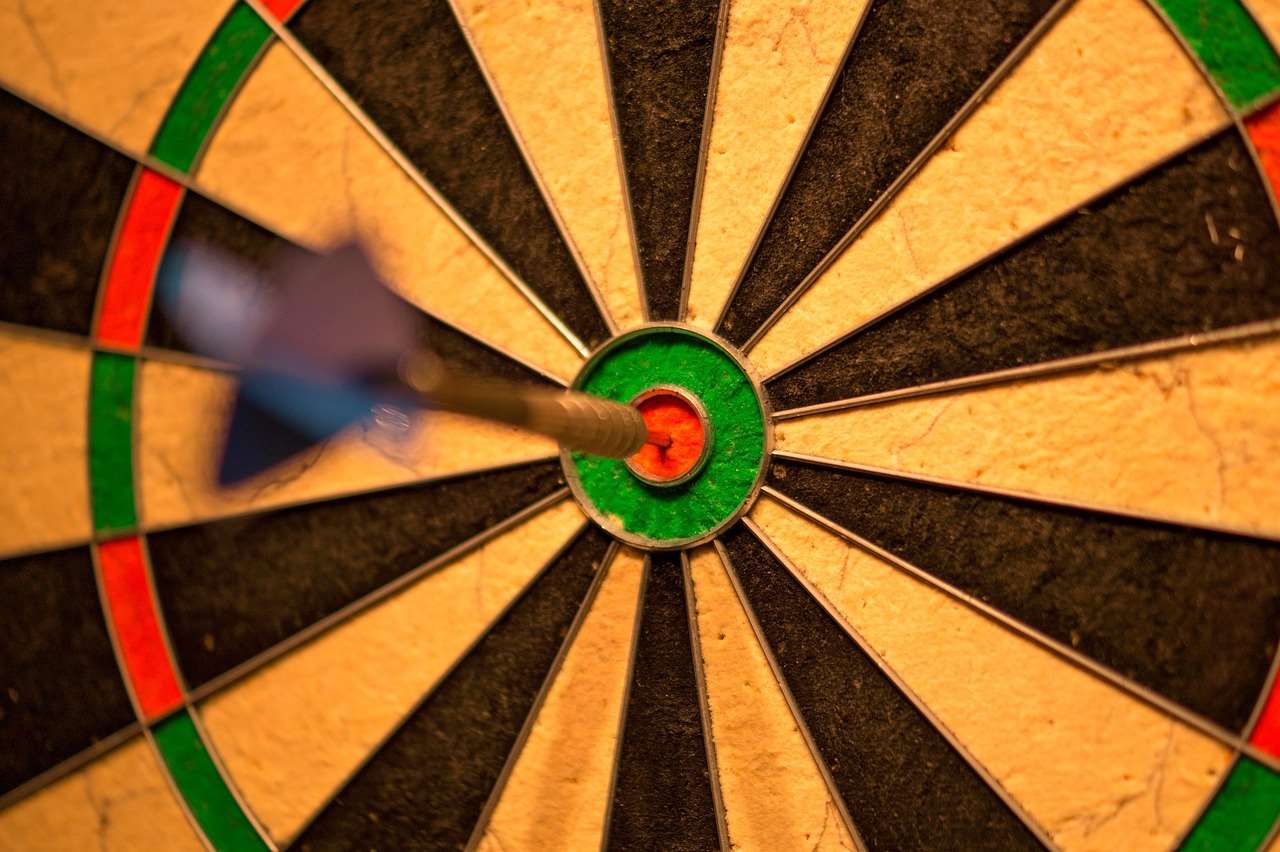
The Governing Bodies: Setting the Standards
Professional darts is governed by several organizations, each with its own set of rules and regulations. The most prominent organizations include:
- Professional Darts Corporation (PDC): The PDC is the leading professional darts organization, responsible for major tournaments like the World Darts Championship and the Premier League Darts.
- World Darts Federation (WDF): The WDF is another significant organization, overseeing amateur and professional darts events worldwide.
These organizations set the standards for equipment, match formats, and player conduct. Understanding which organization is governing a particular tournament is essential for knowing the specific rules in place. Both organizations have contributed significantly to the growth and popularity of darts worldwide. You can even watch darts youtube live to familiarize yourself with professional gameplay.
How Professional Darts Rules Evolve
Like any sport, the professional darts rules are subject to change and evolution over time. These changes may be introduced to improve fairness, enhance the spectator experience, or address emerging issues in the game. The governing bodies regularly review the rules and make adjustments as needed. For example, changes might be made to the dress code, the scoring system, or the equipment regulations. Keeping abreast of these changes is important for both players and fans.
Staying informed about rule changes can provide a competitive edge and ensure compliance. Professional players should always consult the latest official rulebooks to avoid any unintentional violations. Also, keep in mind that there are numerous ways of tracking Electronic dart score counter.
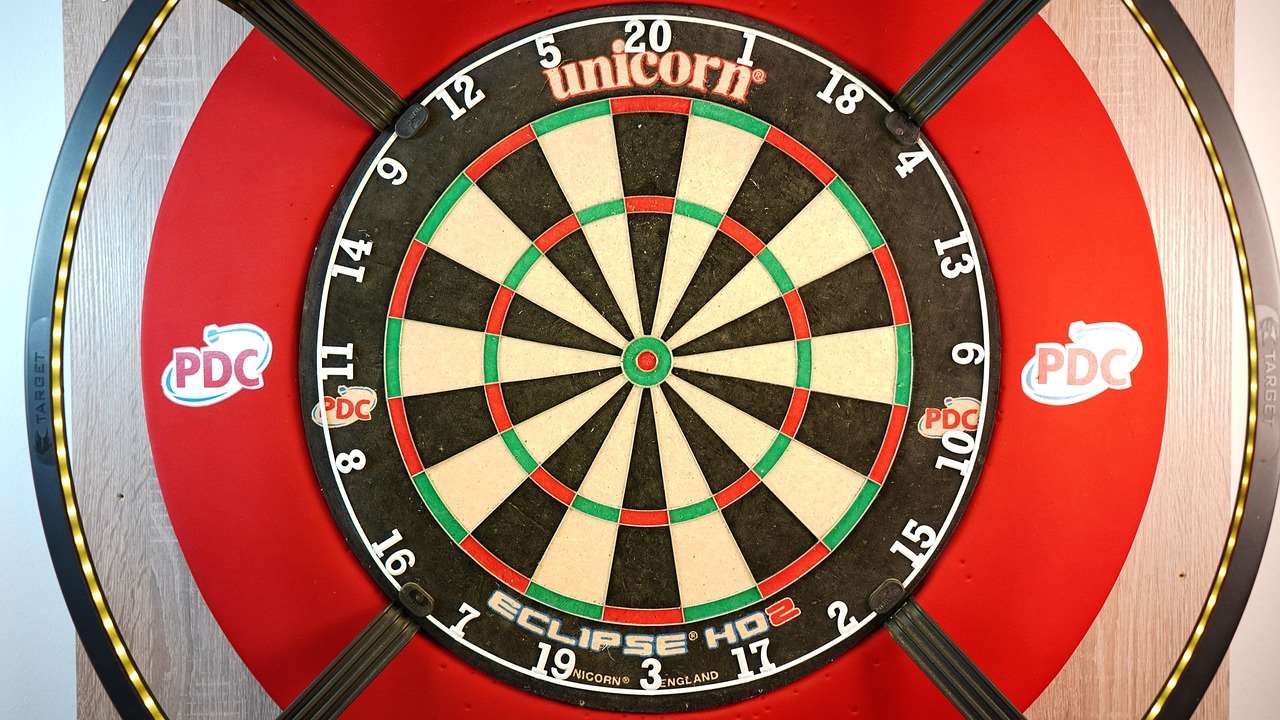
Conclusion: Your Path to Darts Expertise
Understanding the professional darts rules is fundamental for anyone involved in the sport, whether as a player, coach, or fan. This comprehensive guide has covered the key aspects of the game, from equipment specifications to scoring systems and player conduct. By mastering these rules and regulations, you’ll be well-equipped to appreciate and participate in the exciting world of professional darts. Now, take your newfound knowledge, hit the oche, and start honing your skills!
Hi, I’m Dieter, and I created Dartcounter (Dartcounterapp.com). My motivation wasn’t being a darts expert – quite the opposite! When I first started playing, I loved the game but found keeping accurate scores and tracking stats difficult and distracting.
I figured I couldn’t be the only one struggling with this. So, I decided to build a solution: an easy-to-use application that everyone, no matter their experience level, could use to manage scoring effortlessly.
My goal for Dartcounter was simple: let the app handle the numbers – the scoring, the averages, the stats, even checkout suggestions – so players could focus purely on their throw and enjoying the game. It began as a way to solve my own beginner’s problem, and I’m thrilled it has grown into a helpful tool for the wider darts community.